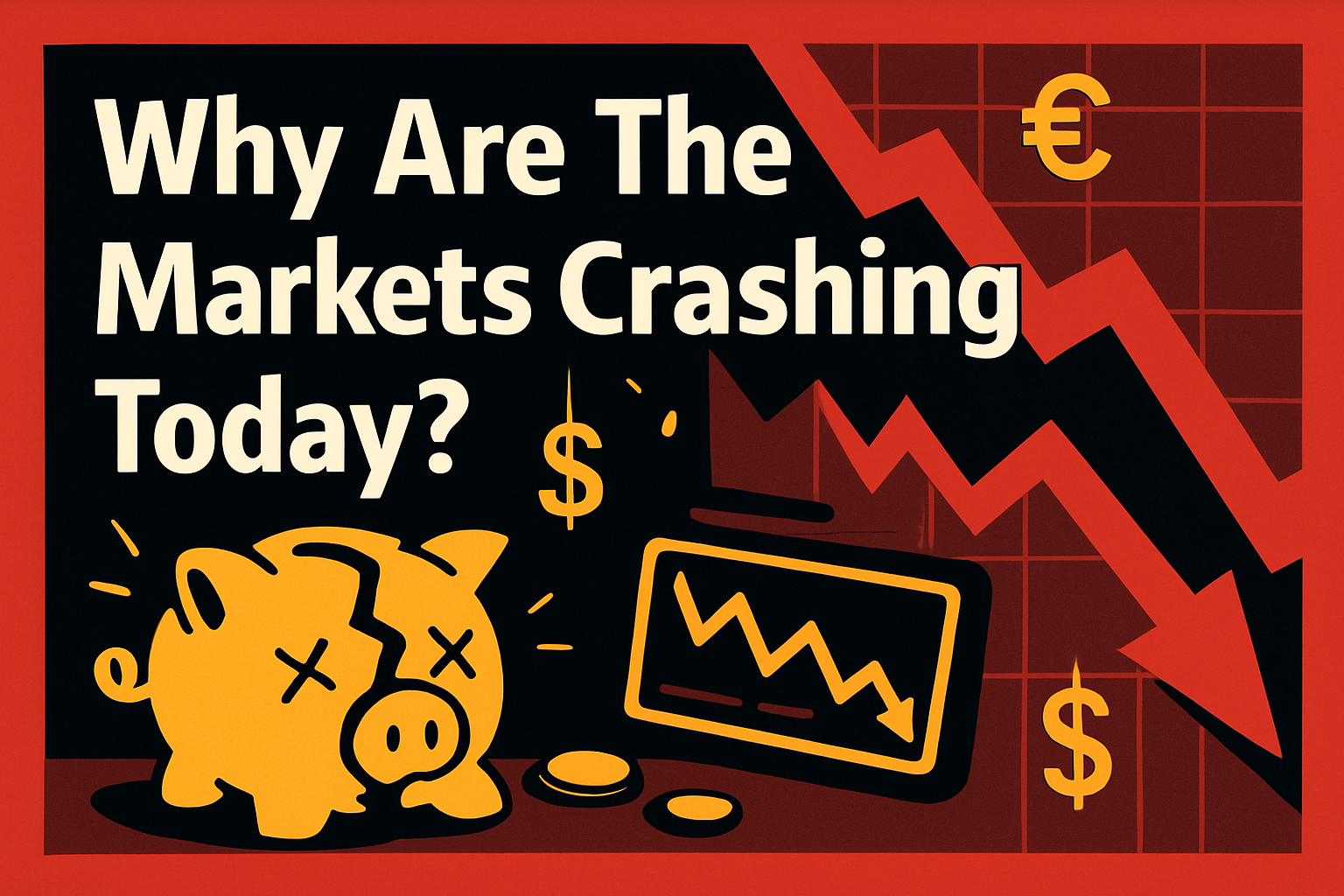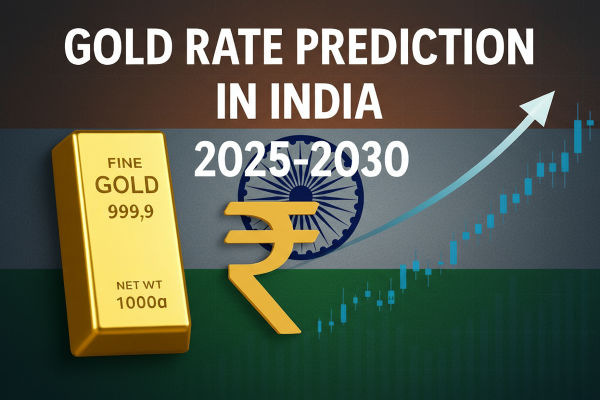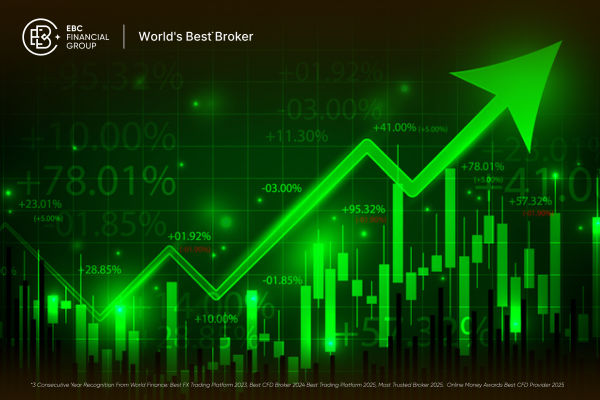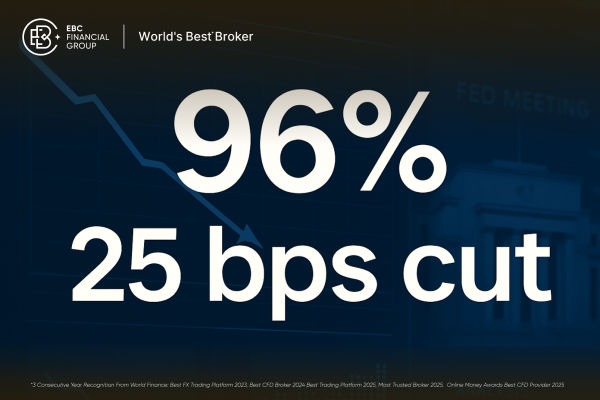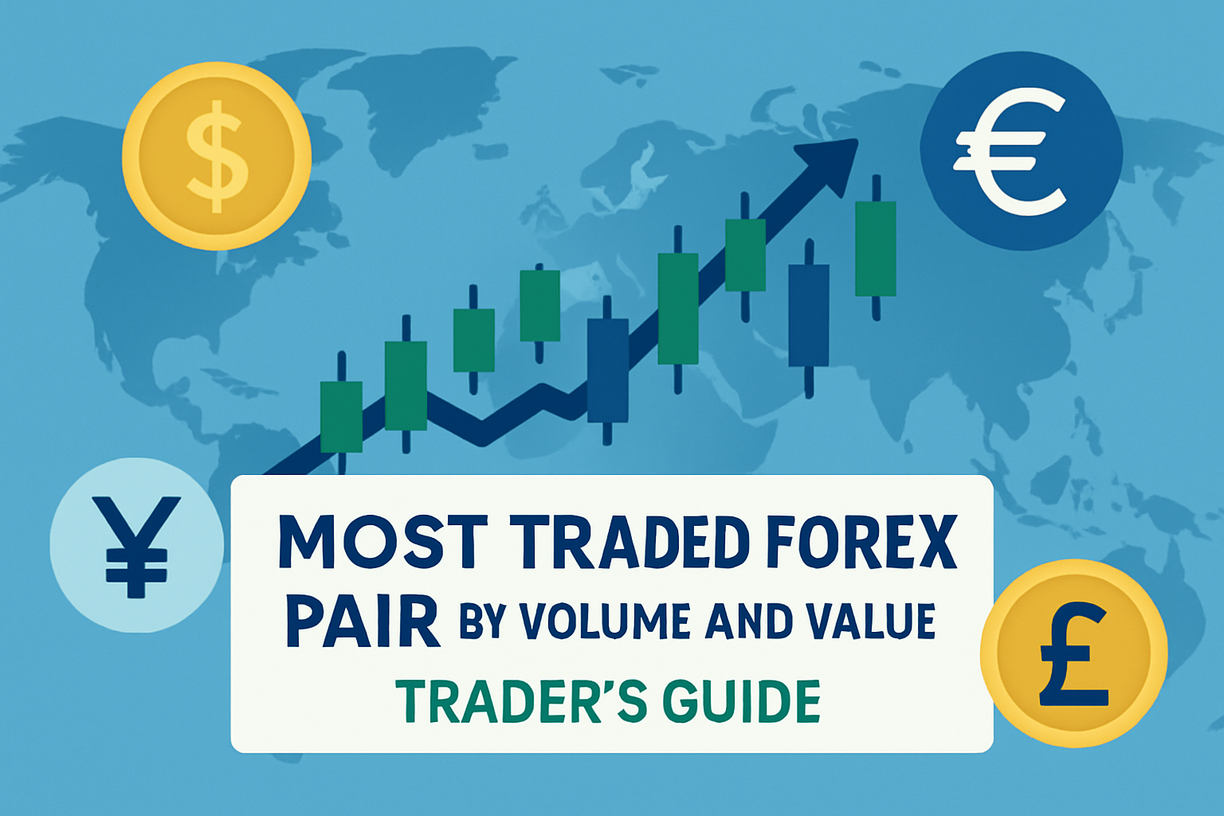Spot gold has traded around the US$4.000/oz area in mid-November 2025 as large-scale central-bank purchases, shifting US rate expectations and a firmer US dollar jointly shape near-term volatility and the medium-term outlook.
Below is a comprehensive, evidence-based review of the drivers, technical levels and forecasts for the gold price.
Gold Price Today: Spot Levels, Recent Moves and Market Context
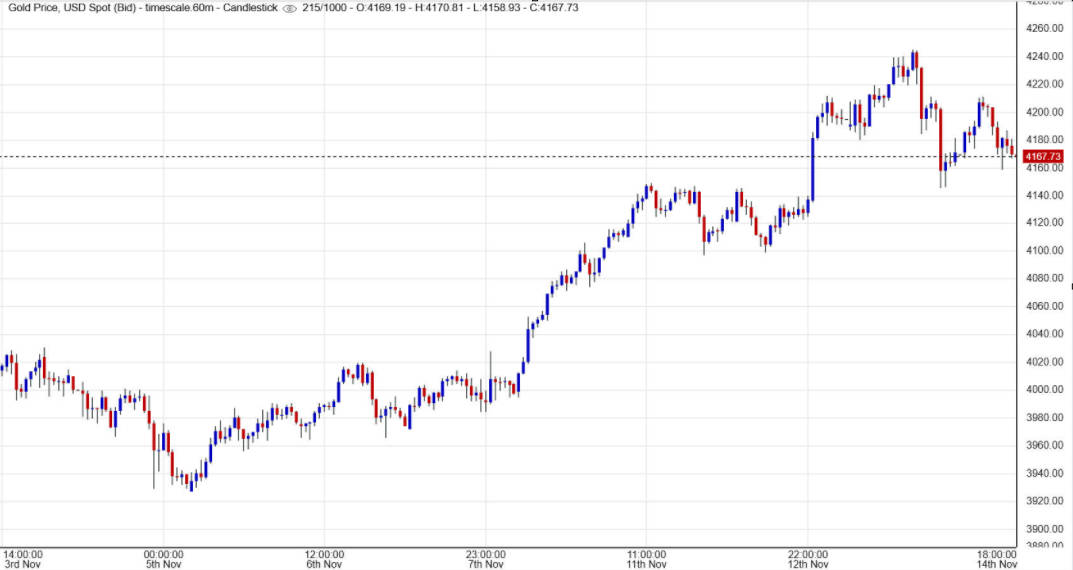
Spot gold in mid-November was trading in the near-US$4.000 per ounce bracket after a period of sharp gains earlier in the year and some consolidation more recently.
Prices have oscillated around this level as investors balance safe-haven demand with changes in expectations over US interest rates and dollar strength. Real-time aggregators showed spot quotes close to US$4.038–4.070/oz on 18–19 November 2025.
Market headlines this week were mixed. Softer US economic data briefly buoyed rate-cut hopes and supported bullion, while firmer dollar moves and stronger-than-expected Fed-related bets pushed gold down at times.
Central Bank Buying and Gold Price Implications
One of the most significant structural drivers for the gold price in 2025 has been persistent central-bank accumulation. Major banks and research houses note that official sector purchases have been unusually large this year, contributing materially to tighter physical supply/demand balances and underpinning higher price floors.
Analysts highlighted large continued purchases through September and into November as part of a multi-year trend of reserve diversification.
Central Bank Buying Gold
| Indicator |
Recent Reading / Note |
Source |
| Estimated central-bank purchases (Sep 2025) |
~64 tonnes (sharp increase vs August) |
Goldman Sachs |
| Trend |
Multi-year accumulation by several emerging and advanced central banks |
-
|
The consequence of steady official demand is twofold. First, it absorbs a meaningful portion of annual mine supply and ETF outflows, leaving less physical metal available for discretionary investment.
Second, it raises the bar for a sustained bear market: with central banks buying, any large price weakness is more likely to prompt stronger physical bids.
Dollar, Interest Rates and the Gold Price Relationship

Gold's short-term swings remain highly sensitive to the US dollar and expectations of Federal Reserve policy. A firmer dollar typically pressures dollar-priced gold by making it more expensive for holders of other currencies; conversely, growing odds of Fed rate cuts tend to support gold by lowering real yields and reducing the opportunity cost of holding non-yielding bullion. Recent episodes of gold weakness have coincided with dollar strength and a trimming of near-term rate-cut expectations.
Macro Drivers and Directional Impact on Gold Price
| Driver |
Typical Impact on Gold Price |
| US dollar appreciation |
Negative (pressures bullion) |
| Fed rate-cut expectations |
Positive (lowers real yields) |
| Central-bank purchases |
Positive (structural demand) |
| Geopolitical risk / market stress |
Positive (safe-haven flows) |
Traders are currently parsing a stream of US data releases and Fed communications. Gold traded subdued ahead of the Fed minutes and US jobs figures that could recalibrate rate-cut probabilities and thus the immediate direction for bullion.
Gold Price: Technical Levels, Trading Outlook and Key Price Tables
From a trading perspective, market commentators have identified a psychological and technical floor around US$4.000/oz, with resistance clustered between roughly US$4.200–4.300/oz where bullish momentum has paused. Shorter-term intraday analyses (for active traders) highlight the usual support and resistance bands that will guide tactical entries.
Key Technical Levels of Gold Price (Mid-Nov 2025)
| Level |
Role |
Comment |
| US$3,900–4,000 |
Immediate Support |
Market has found recurring bids here. |
| US$4,200 |
Near-term Resistance |
Bulls have been challenged at this band. |
| US$4,500+ |
Strong Resistance / Momentum Zone |
Requires broader macro shift (weaker dollar / confirmed easing). |
Technically, if the US data flow and Fed communications swing markets back to more dovish pricing, a retracement to test US$4.200–4.300 on renewed momentum is plausible.
Conversely, a surprisingly strong US labour print or hawkish Fed tone could renew selling pressure toward the US$3.900 area.
Investment Flows, Analyst Forecasts and Conclusion
Exchange-traded funds and retail flows have been important demand channels for gold in 2025. Several houses have updated targets to reflect the structural backdrop:
UBS raised end-2025 targets earlier in the year and recommended modest allocations to gold;
Goldman Sachs projected much higher levels through 2026 driven by continued diversification and physical demand.
These divergent forecasts underline that while fundamentals are supportive, price paths depend on macro surprises.
Analyst Forecasts for Gold Price
| Institution |
Target / Horizon |
Note |
| Goldman Sachs |
US$4,900/oz by end-2026 |
Assumes continued central-bank buying and investor diversification. |
| UBS |
US$3,800/oz by end-2025 |
Upgraded target earlier in 2025 amid stronger ETF/central-bank flows. |
| Market consensus (short term) |
Rangebound near US$4,000 |
Volatility around macro data and dollar moves. |
Conclusion
The gold price in late 2025 sits on a constructive structural backdrop driven by unusually large central-bank purchases and continued investor interest. That said, short-term direction will be governed by the US dollar and evolving Fed expectations.
For longer-term investors, the principal case for gold remains portfolio diversification and an insurance allocation against geopolitical and macro uncertainty; for traders, the key is to monitor macro data, Fed communications and physical demand signals closely.
Frequently Asked Questions
1. Why is the gold price so sensitive to US interest rate expectations?
The gold price reacts strongly to US interest rate expectations because lower rates reduce real yields and make holding gold more attractive. Higher rates strengthen the dollar and typically pressure gold by raising the opportunity cost of non-yielding assets.
2. How do central-bank purchases influence the gold price?
Central-bank buying removes large volumes of physical metal from the market, tightening overall supply. This steady demand helps create a higher price floor and can cushion gold against sharper downturns during periods of market uncertainty or strong dollar moves.
3. Why does the US dollar play such an important role in the gold price?
The gold price is closely linked to the US dollar because gold is priced in dollars globally. When the dollar strengthens, gold becomes more expensive for other currencies, often pushing prices lower. Dollar weakness typically supports stronger bullion demand.
4. What technical levels are most important for traders watching the gold price?
Traders often monitor support near US$3.900–4.000 and resistance around US$4.200–4.300. Breaks above or below these areas can signal momentum shifts, especially when supported by macroeconomic data, Fed communications or movements in Treasury yields.
5. What is the medium-term outlook for the gold price?
Analysts expect the gold price to remain supported by central-bank demand and structural diversification. However, short-term swings will continue to depend on US economic data and shifting expectations regarding Federal Reserve policy and broader dollar strength.
Disclaimer: This material is for general information purposes only and is not intended as (and should not be considered to be) financial, investment or other advice on which reliance should be placed. No opinion given in the material constitutes a recommendation by EBC or the author that any particular investment, security, transaction or investment strategy is suitable for any specific person.








